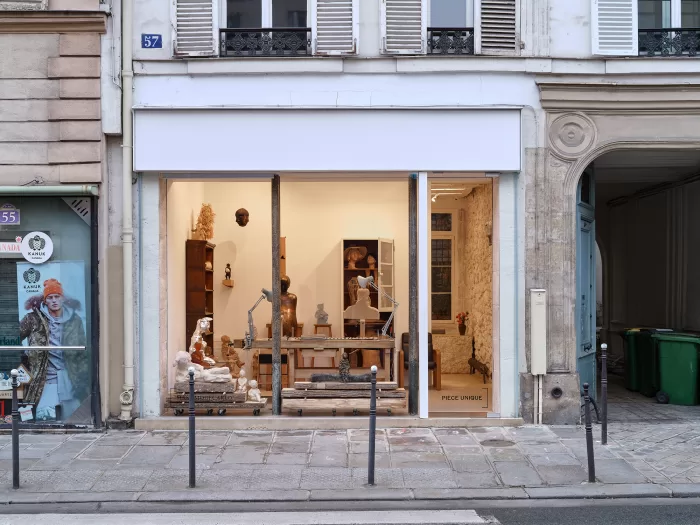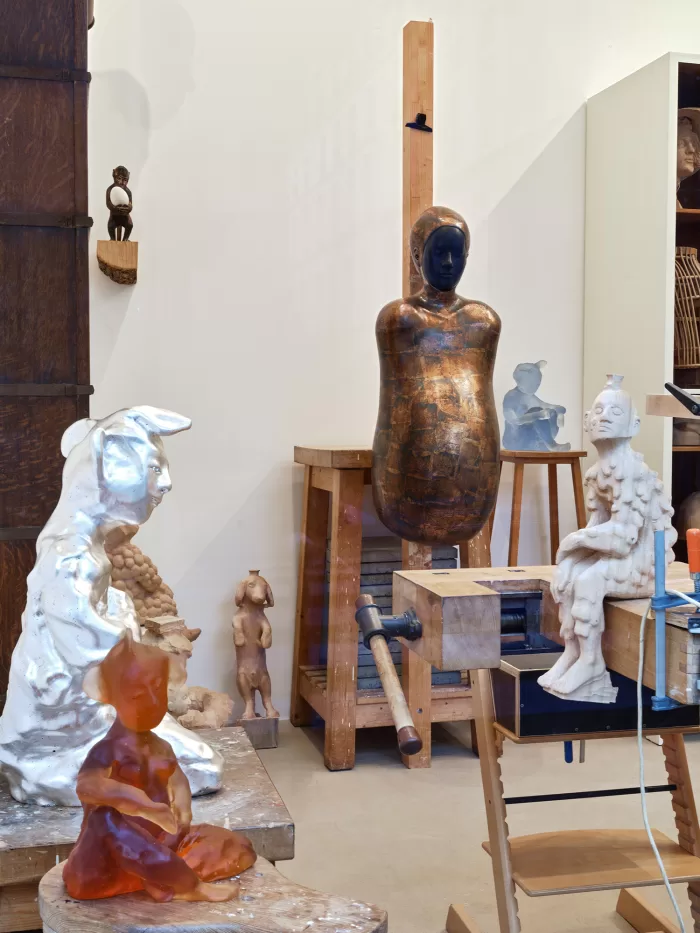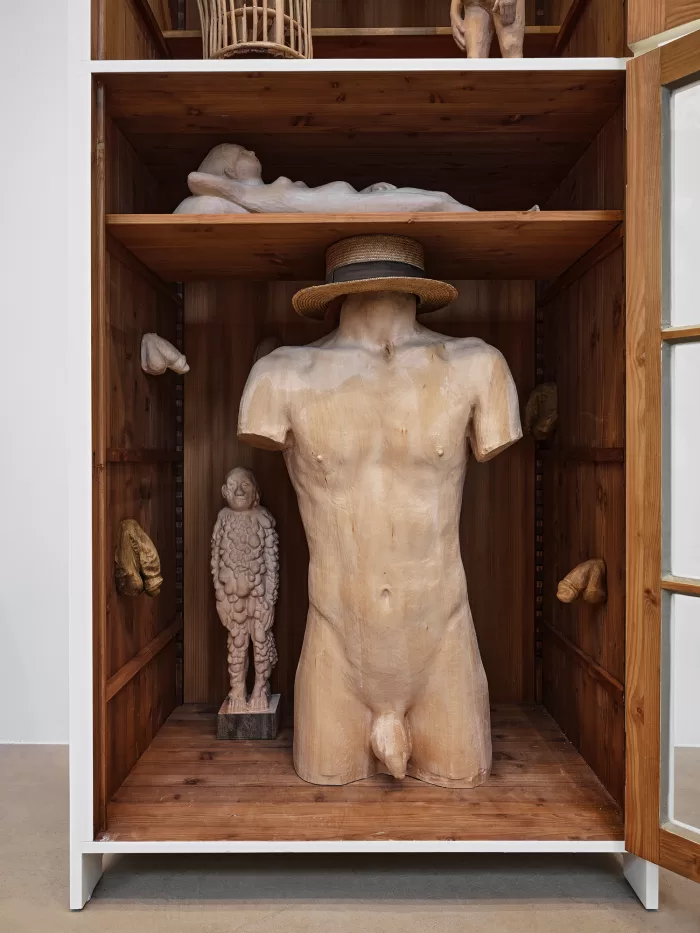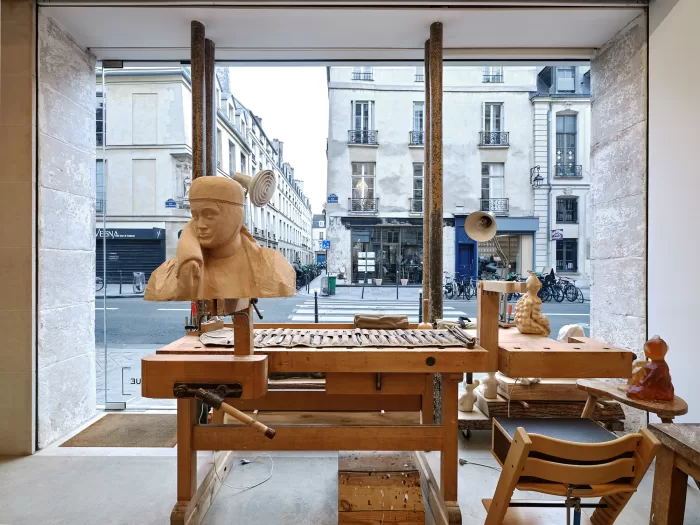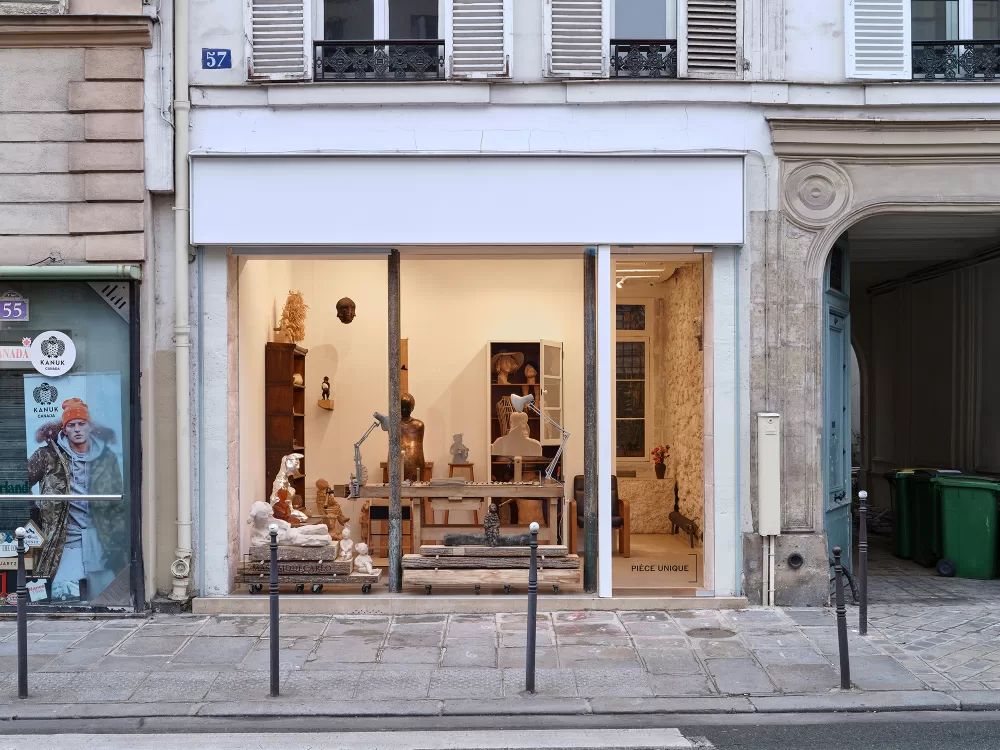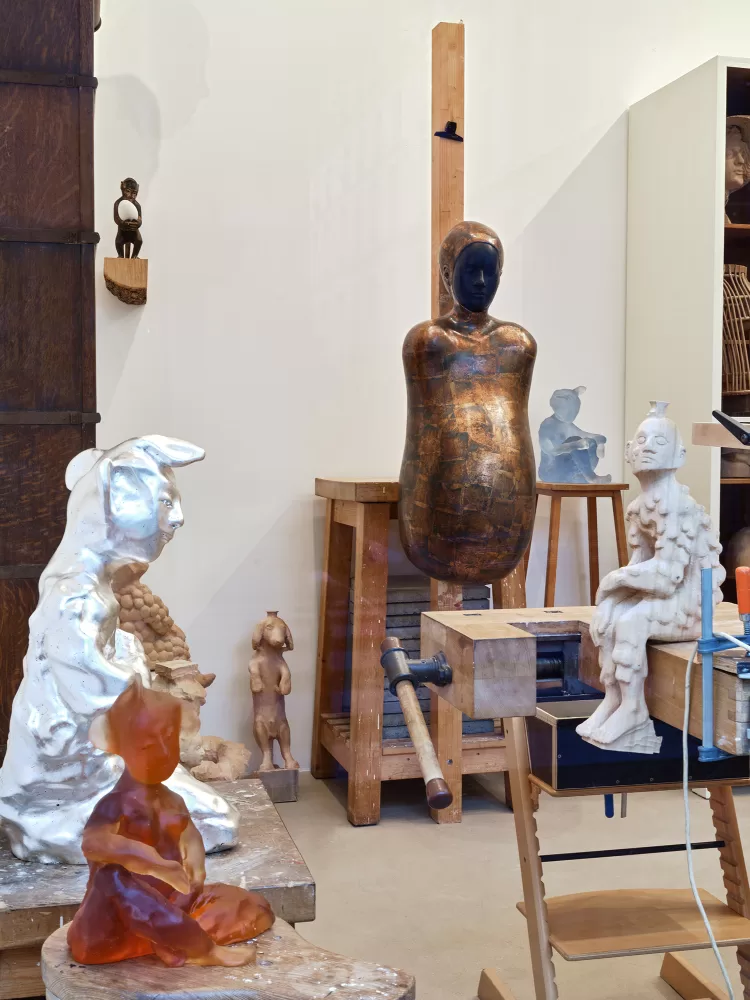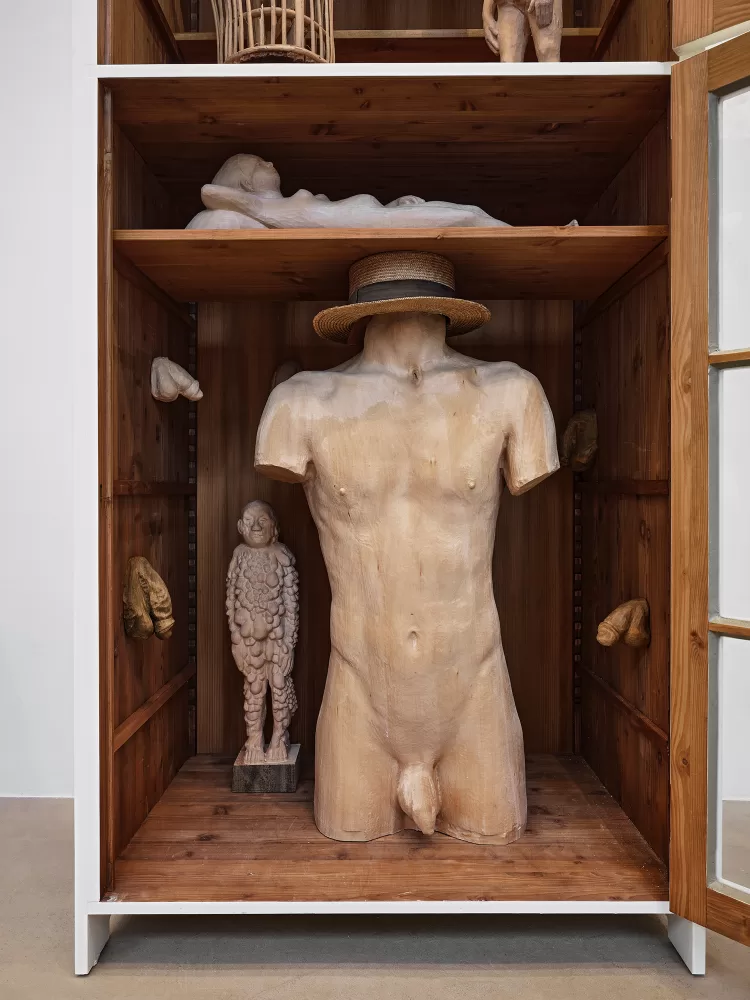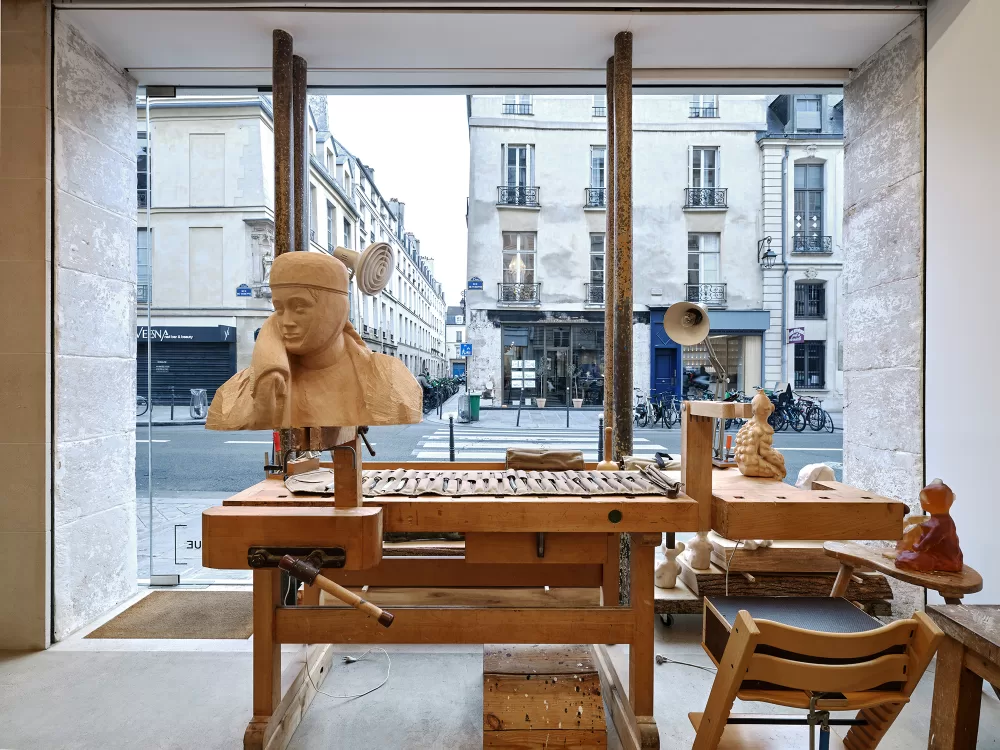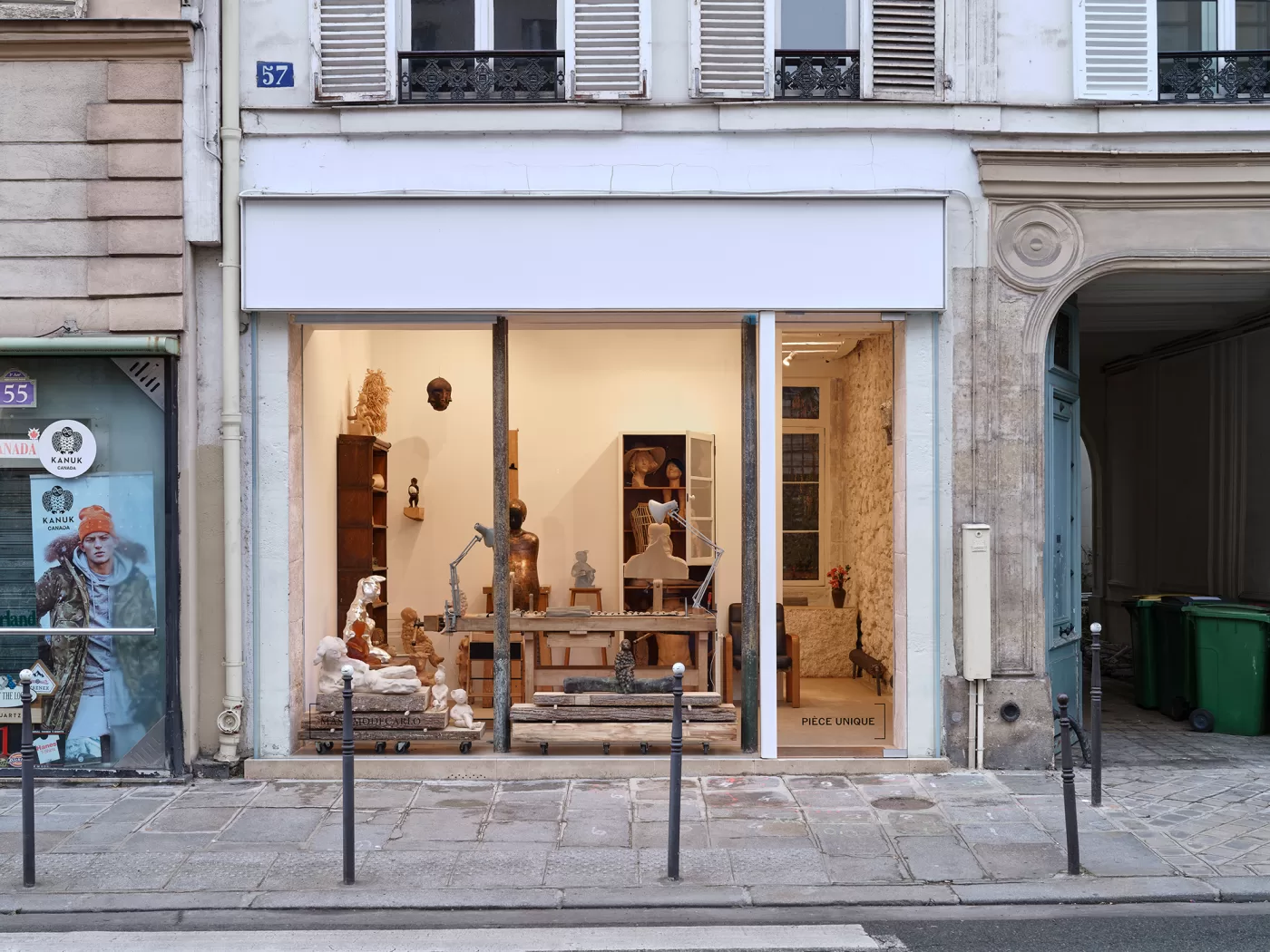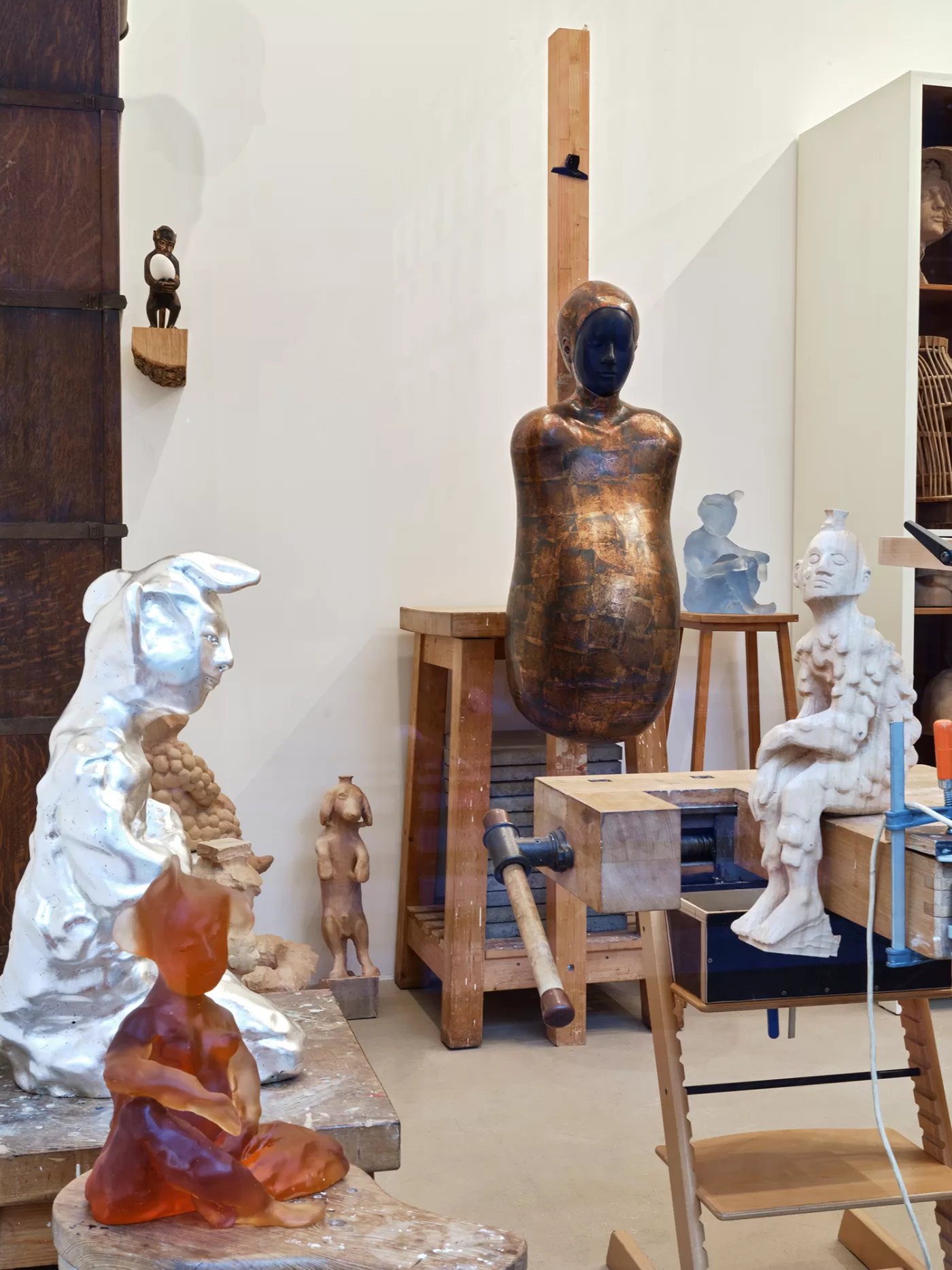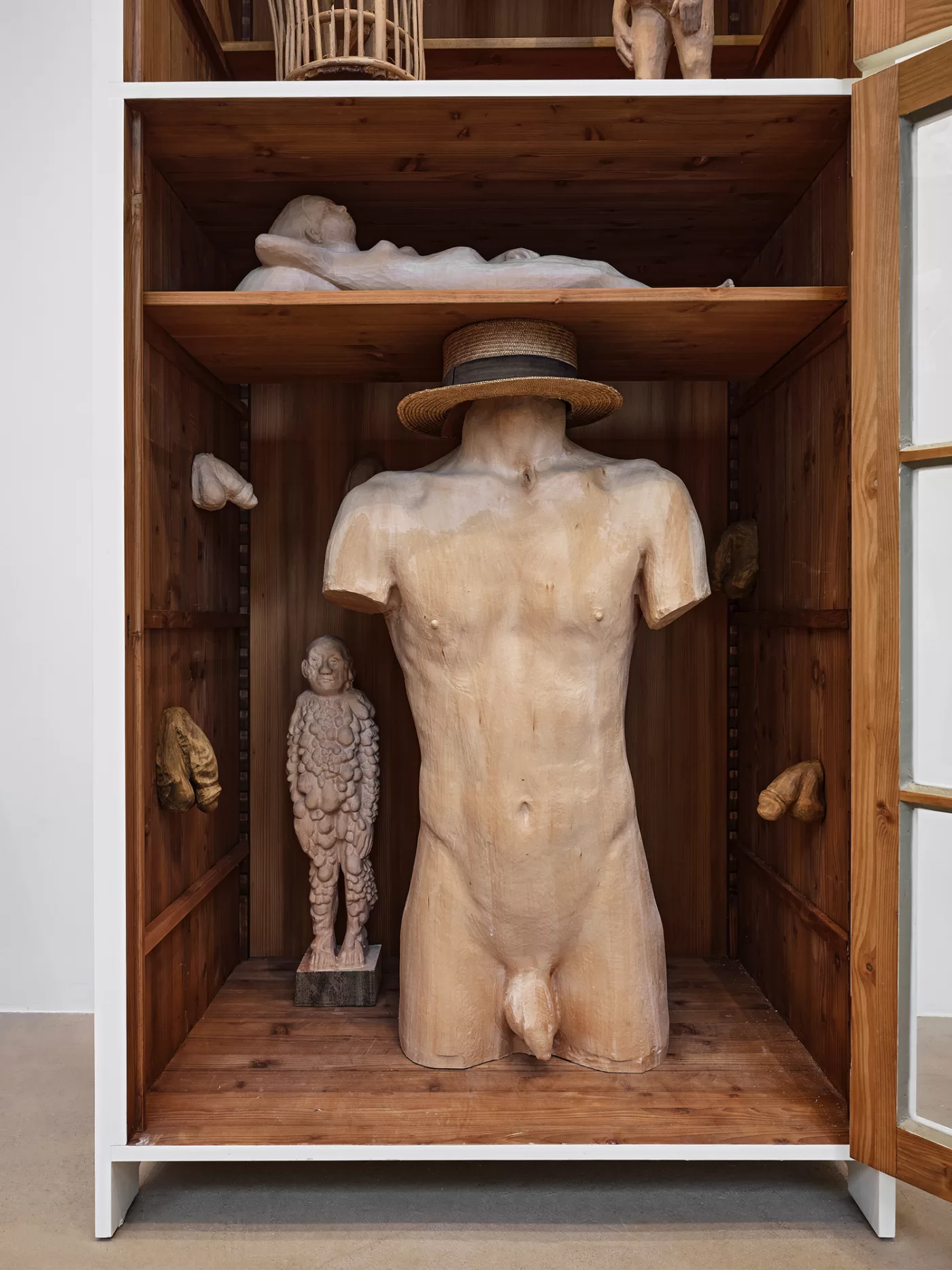Paloma Varga Weisz on making art like nobody’s watching
7 min read
Izzy Bilkus tracks down Paloma Varga Weisz, whose latest project involved her studio being watched by the public 24/7
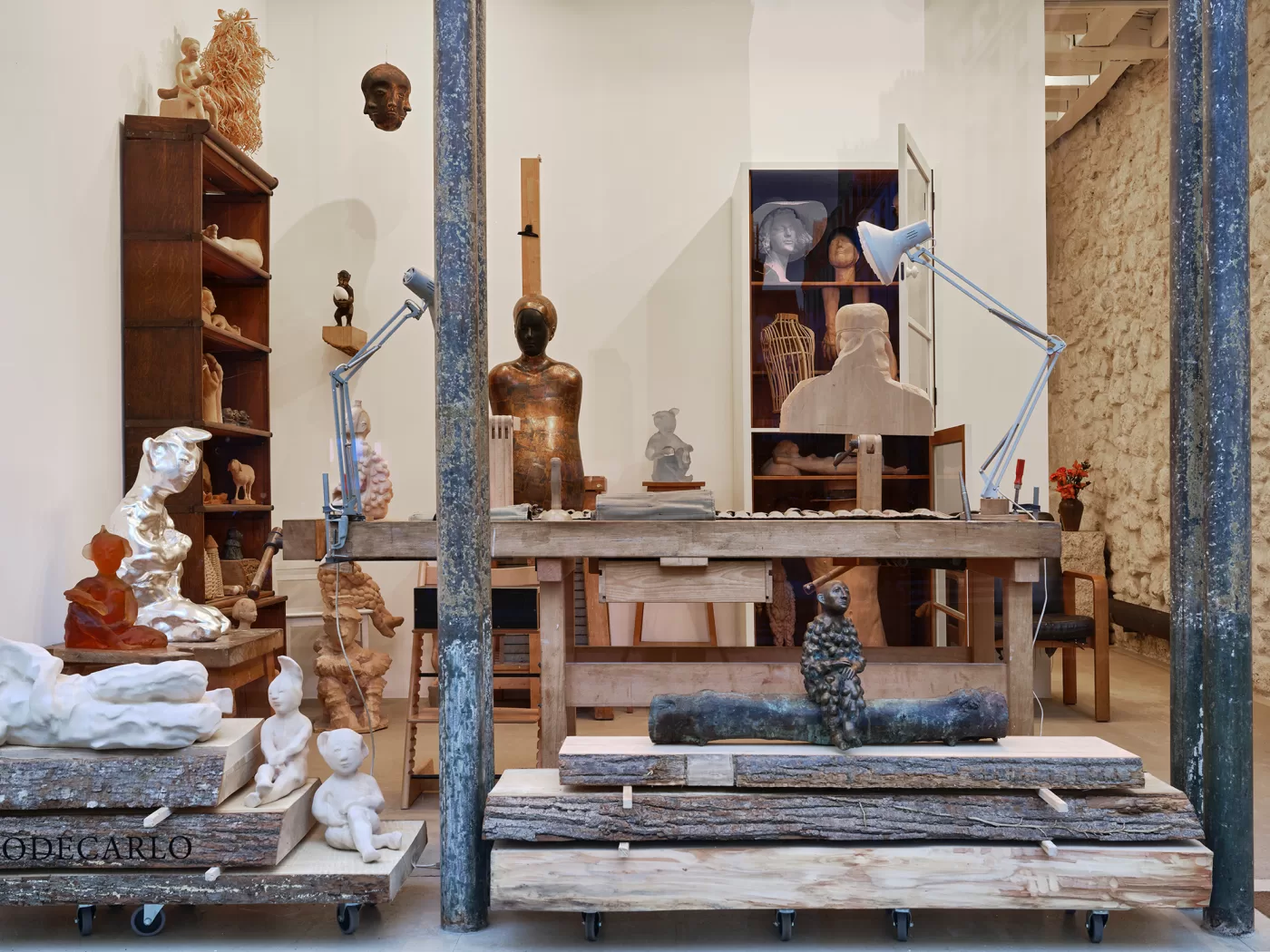
Installation view, Studio Paloma Varga Weisz. Photo: © Thomas Lannes courtesy MASSIMODECARLO
How do artists work behind closed doors? And what would happen when the line between public and private is blurred, and the secrecy of the artist’s studio is set against the exposure of a gallery space? For Paloma Varga Weisz’s latest project – and the first of its kind at Massimo de Carlo gallery – the German artist set up shop in the gallery’s Pièce Unique space in Paris, transforming it into her temporary studio. For two weeks she filled the studio with furniture, tools and works-in-progress as she created two figurative sculptures, all whilst being observed by the public through floor-to-ceiling windows and live-streamed 24/7 on the gallery’s website.
Exposure like this might drive some artists mad, or add a level of self-consciousness that could interfere with the natural creative process, but this wasn’t quite the case for Varga Weisz. “It’s an incredible experience to be on show in this way. It’s not just working in the gallery, it’s more like a performance because I’m interacting with people,” she tells me via Zoom. ”The window is almost invisible, so people have been bumping into it. It almost looks like I’m working outside.”
Massimo de Carlo’s Pièce Unique gallery on Rue de Turenne was conceived by gallerist Lucio Amelio and artist Cy Twombly in 1989 and was originally designed to be fully exposed to the street and visible 24 hours a day. The space has carried forward the legacy of this project by offering a series of single-work exhibitions, visible day and night – the opposite of a normal working environment for most artists. “At my studio, I can schedule time to have alone,” Varga Weisz adds, “but here, people stand outside watching me, taking photographs and filming. They like seeing the different stages of my work, from sharpening my knives to adding layers of polychrome and sculpting faces.”

Pièce Unique live studio camera
For Varga Weisz, the project was an important process of experimentation. “I wanted to do something I’d never done before, and would never do again. I’m a big fan of Atelier Brancusi in front of the Centre Pompidou. It’s so wonderful to see. You can walk around the studio and see all the unfinished works and tools. It’s fantastic for the public to see the working space of an artist.”
The process of breaking down these boundaries between public and private, and challenging the archetype of the gallery seemed to unfold naturally throughout this “social project,” as Varga Weisz puts it. “People come inside without knowing that this is a gallery, they’ve just seen me working and assume it’s a wood carving shop. The concept of a ‘high-level’ artist is forgotten. People are coming in to speak with me about what they’re up to, their artist friends and what they’re working on. The barrier between prestigious art galleries and the general public is dissolved for a moment. One person came in with their sausage dog and asked if I could create a little sculpture of him.”
The project also allowed Varga Weisz to explore her connection with the city of Paris, as her father, Hungarian artist Feri Varga, once lived and worked in the Marais. “My father was quite old when he had kids. He was born in 1906 and came to Paris in 1924 to study art and escape the Nazis. He then went to the south of France and met a lot of artists from that area – Picasso, Cocteau, Chagall, Matisse. He had a very close relationship with Jean Cocteau. They collaborated to create an illustrated collection of his poems.”
4 photos
View gallery
1 of 4

Installation view, Studio Paloma Varga Weisz. Photo: © Thomas Lannes courtesy MASSIMODECARLO
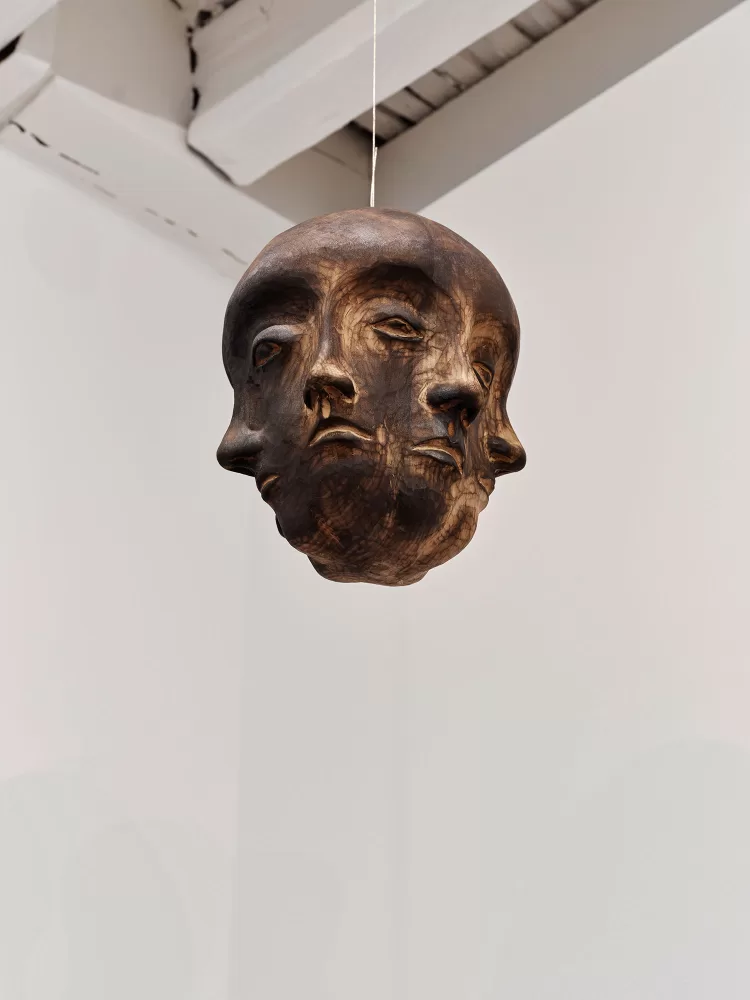
Installation view, Studio Paloma Varga Weisz. Photo: © Thomas Lannes courtesy MASSIMODECARLO
“I’ve come here with a lot of personal baggage,” she continues. “I brought a book with me, full of images and articles from my personal archive of my father’s story. To me, this feels like the beginning of a journey where I can reconnect with my past and my family.”
Pièce Unique takes up a similar space to that of a small shopfront. I was keen to learn more about Varga Weisz’s studio environment back home in Düsseldorf, and how important physical space was to her. “I just visited the Giacometti Foundation where you can see the space where Giacometti worked – it’s a tiny room, similar to this. The circumstances for artists at that time meant that having big studios wasn’t an option. Picasso had a much bigger studio, he took a whole château to work in because he could afford it. Francis Bacon’s studio was just a small room filled with his work. I’m lucky enough to have a big studio, but I’d also love to have a smaller space to be completely immersed in my work – like a little cosmos.”

Paloma Varga Weisz. Photo: © Thomas Lannes courtesy MASSIMODECARLO
Ideas of immersion and introspection run throughout Varga Weisz’s work. Her approach is deeply informed by childhood memories of spending time with her father in his studio, her formal training and her attention to materials. She intuitively sculpts and shapes her anthropomorphic and hybrid figures, carefully fusing the personal with the surreal.
So what’s the secret to staying focused with so much exposure? “I need my music. I need to be in a bubble. Every morning when I come to the gallery I listen to Nina Simone’s Little Prayer and Here Comes the Sun. I listen to the same songs like a mantra that brings about a mood to start working. When I listen to music and look at the people outside through the window, it feels like a film. It makes me laugh, and then the people outside start laughing and then they come inside to ask me what I’m laughing at, but I obviously can’t say ‘It’s because you’re in my film!’”
